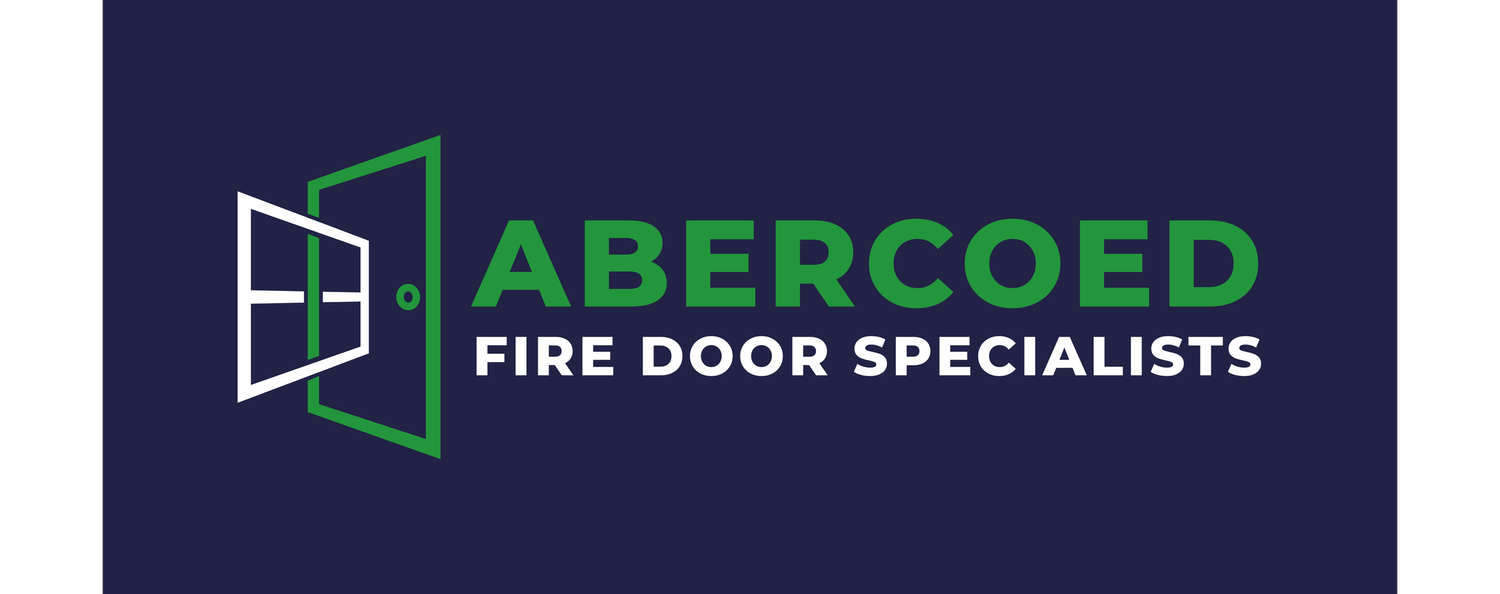Frequently Asked Questions
1. What is a fire door and how is it different from a regular door?
A fire door is specially designed to resist the spread of fire and smoke for a specific period of time, typically 30 or 60 minutes. Unlike standard doors, fire doors use fire-rated materials, intumescent seals, and certified hardware to ensure protection in the event of a fire.
2. How do I know if my fire doors are compliant?
Fire doors must meet specific UK regulations and standards, including being correctly fitted, undamaged, and maintained. A professional inspection will check things like certification labels, gaps, seals, and hardware to ensure full compliance.
3. How often should fire doors be inspected?
Fire doors should be inspected every 6 months at minimum, and more frequently in high-traffic areas. Regular checks help ensure the door remains in good working condition and compliant with fire safety regulations.
4. Who is responsible for fire door compliance in a building?
Fire doors should be inspected every 6 months at minimum, and more frequently (every 3 months) in high-traffic areas. Regular checks help ensure the door remains in good working condition and compliant with fire safety regulations.
5. Can I install or repair a fire door myself?
No. Fire doors must be installed and maintained by a competent person—someone with the right training, skills, experience, and knowledge to ensure the work is done correctly and in line with UK regulations.
Under the Building Regulations and the Regulatory Reform (Fire Safety) Order 2005, only competent persons should carry out fire door work to ensure the door performs properly in the event of a fire. Improper installation or DIY repairs can void certification and put lives at risk.
To ensure full compliance, always choose a certified professional.
6. What happens if my property doesn’t meet fire door regulations?
Non-compliance can lead to serious safety risks, legal penalties, and invalidated insurance. It’s essential to have your fire doors professionally inspected and brought up to standard as soon as possible.
7. What happens during a fire door inspection?
A fire door inspection involves a thorough check of the fire door's components and their functionality to ensure it will perform as intended in the event of a fire. This includes inspecting the door leaf, frame, hinges, seals, ironmongery (handles, locks, etc.), and any glazing. The inspector will also check for proper clearances, ensure the door closes fully and latches securely, and verify the presence and condition of any required signage.
8. How will I receive my inspection report?
You’ll receive a full digital report which can be printed or exported. This report will be sent to your email address.
9. What happens after the Inspection?
The report will outline any areas of concern, non-compliance issues, and recommendations for improvement. You will then need to address any identified issues promptly in order to remain compliant with fire safety regulations and avoid safety issues and potential fines and penalties that result in non-compliance.
Remedial work includes but not limited to:
Adjustment or replacement of hardware (closers, hinges, locks, handles)
Minor repairs to the door or frame
Correction of gaps, fitting or replacement of smoke seal
Full closing performance check upon completion
10. How do you stop fire doors slamming shut?
A slamming fire door is a common problem that can be corrected. The solution is to adjust the door's self-closing mechanism.
Fire safety regulations require that fire doors close on their own, forming a complete seal. However, they do not need to slam or bang to be effective. Here are the most common solutions:
Adjust the Closing Speed: Most fire door closers have adjustable valves that control how quickly the door shuts and latches. Fine-tuning these can eliminate slamming.
Investigate Underlying Issues: If adjustment doesn't work, the closer may be leaking fluid, be the wrong power size for the door's weight, or have been installed incorrectly.
Consider an Upgrade: For superior performance, closers with a separate "latching speed" allow the door to close normally and then slow down for the last portion of its travel, ensuring a quiet, secure close.
For safety and compliance, it is always best practice to have your fire door hardware inspected, adjusted, and maintained by a qualified professional.
